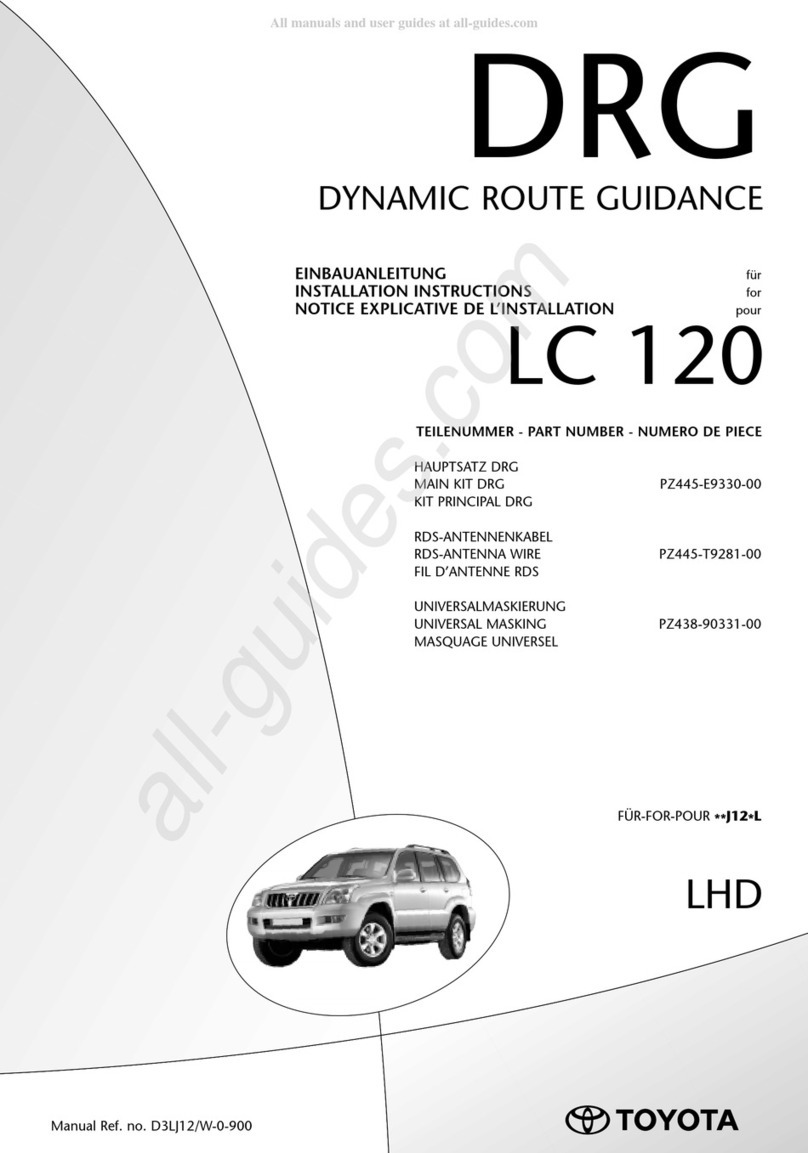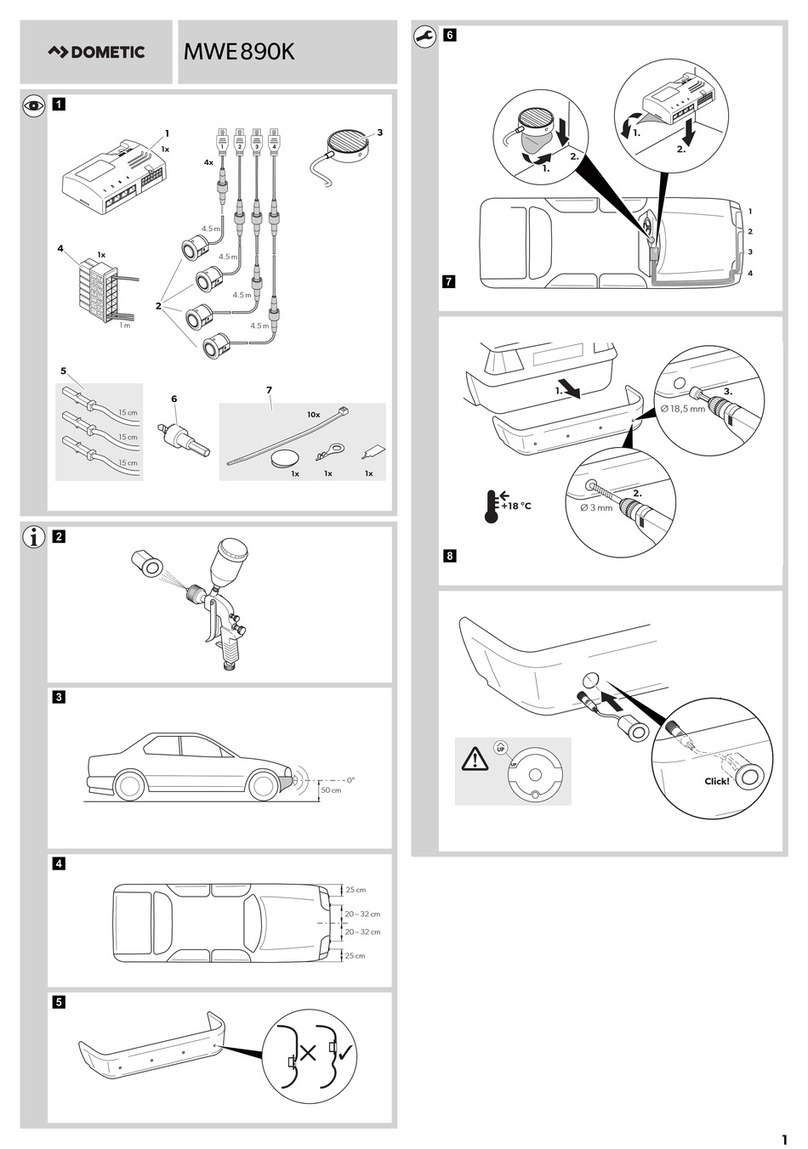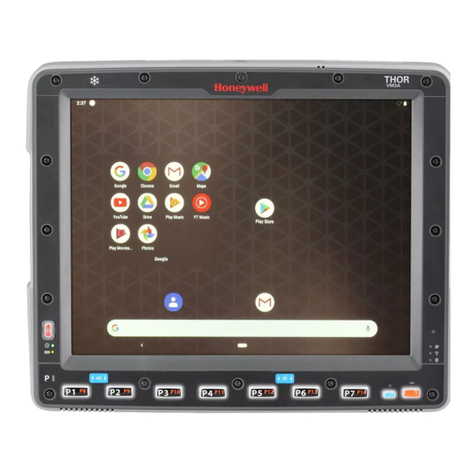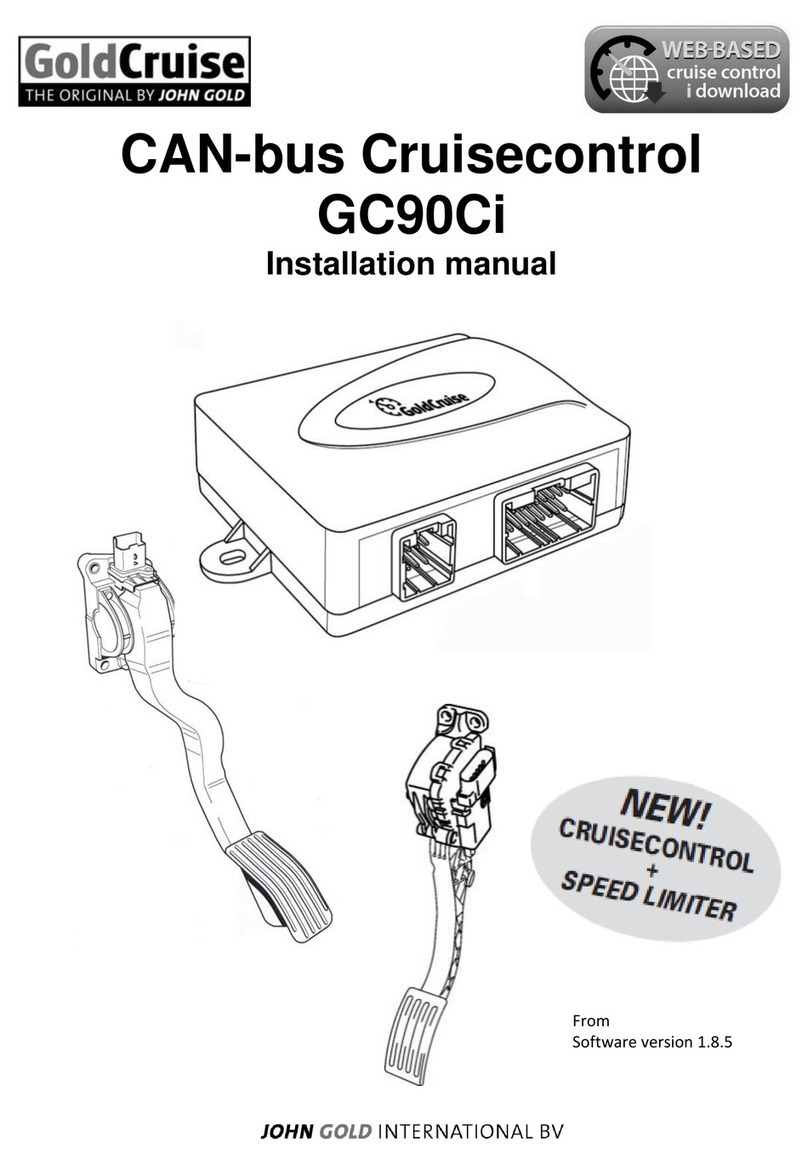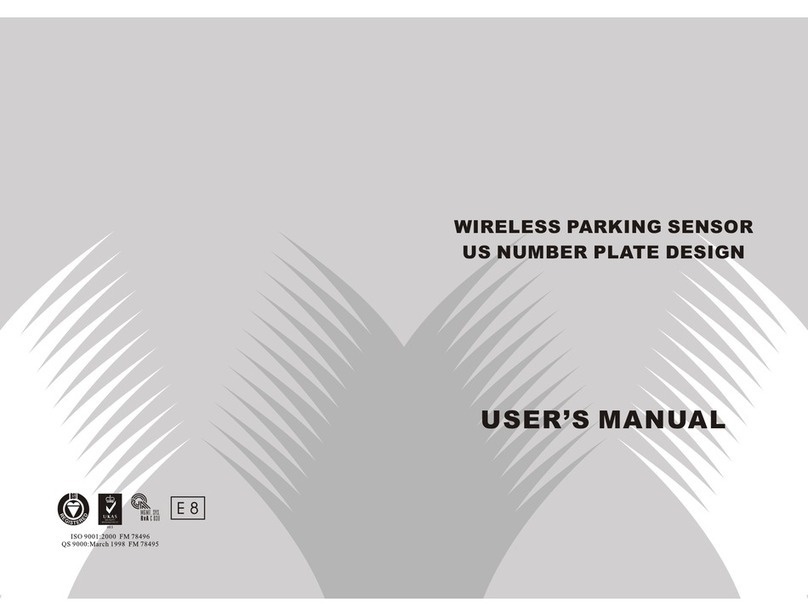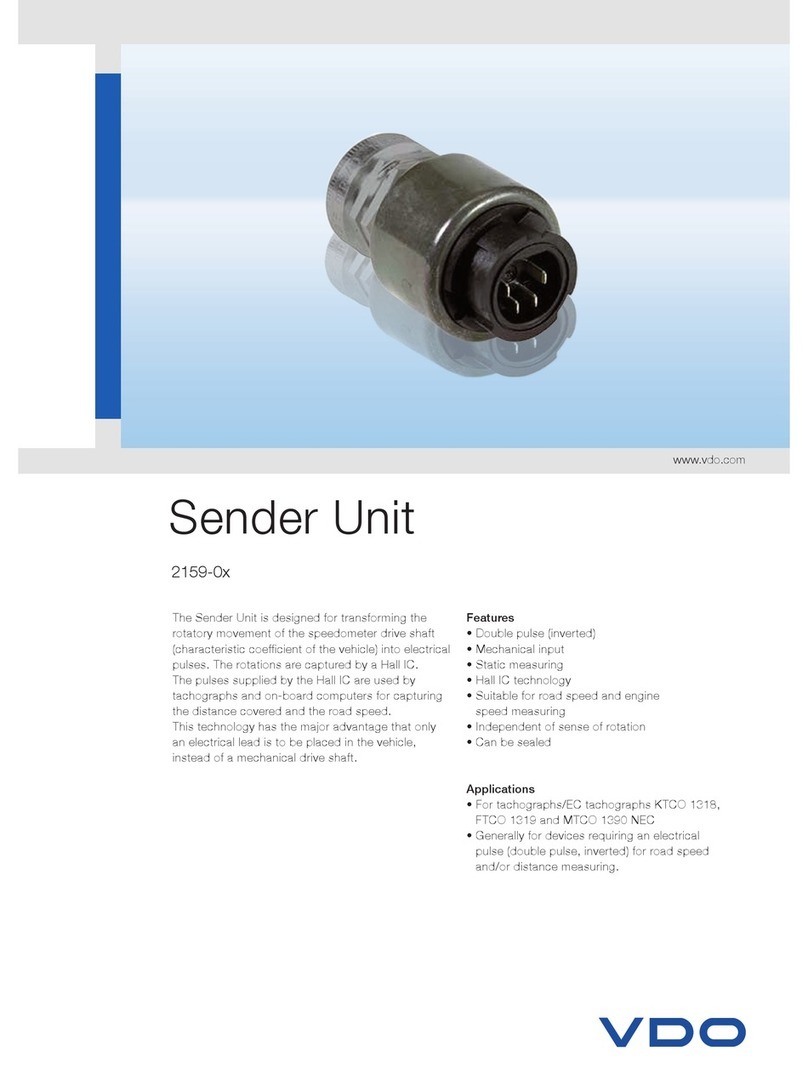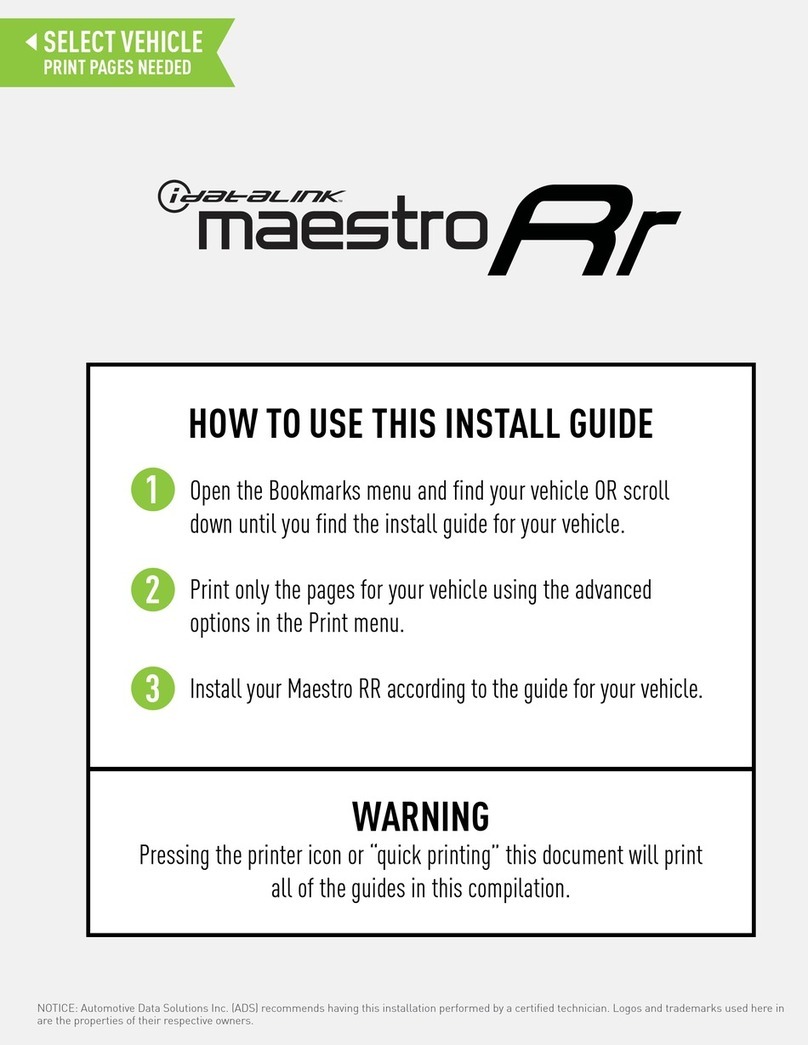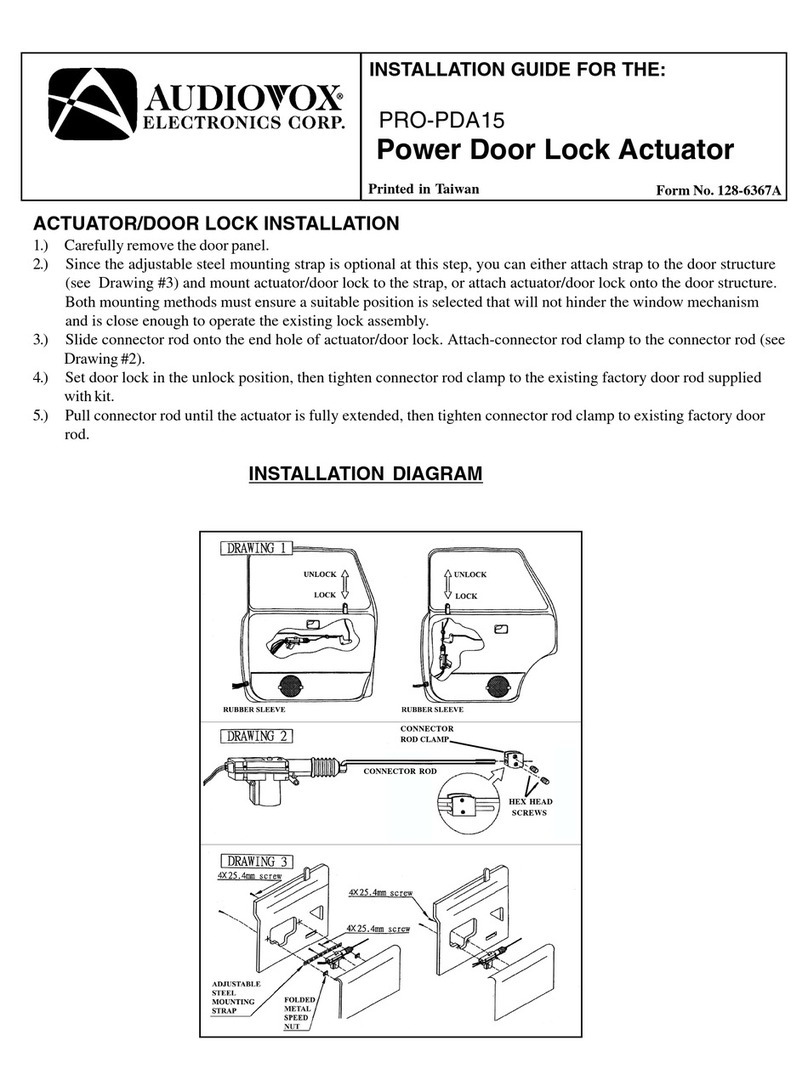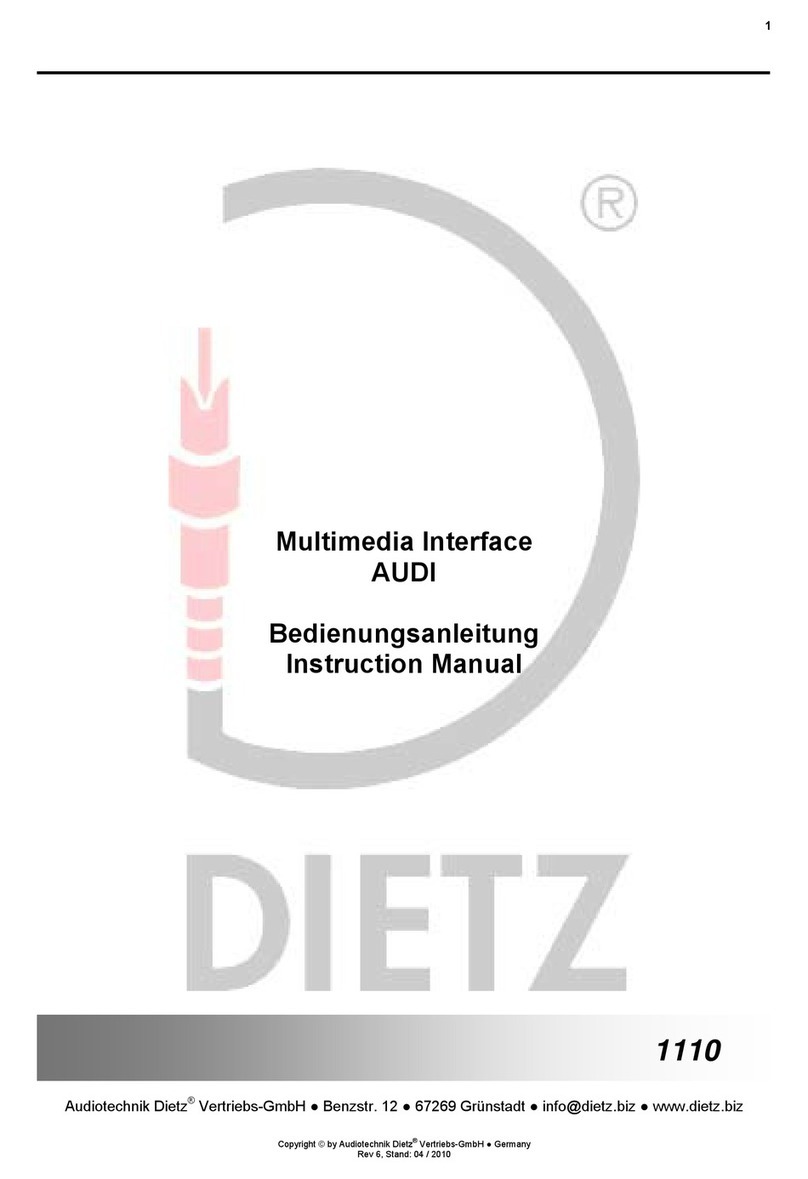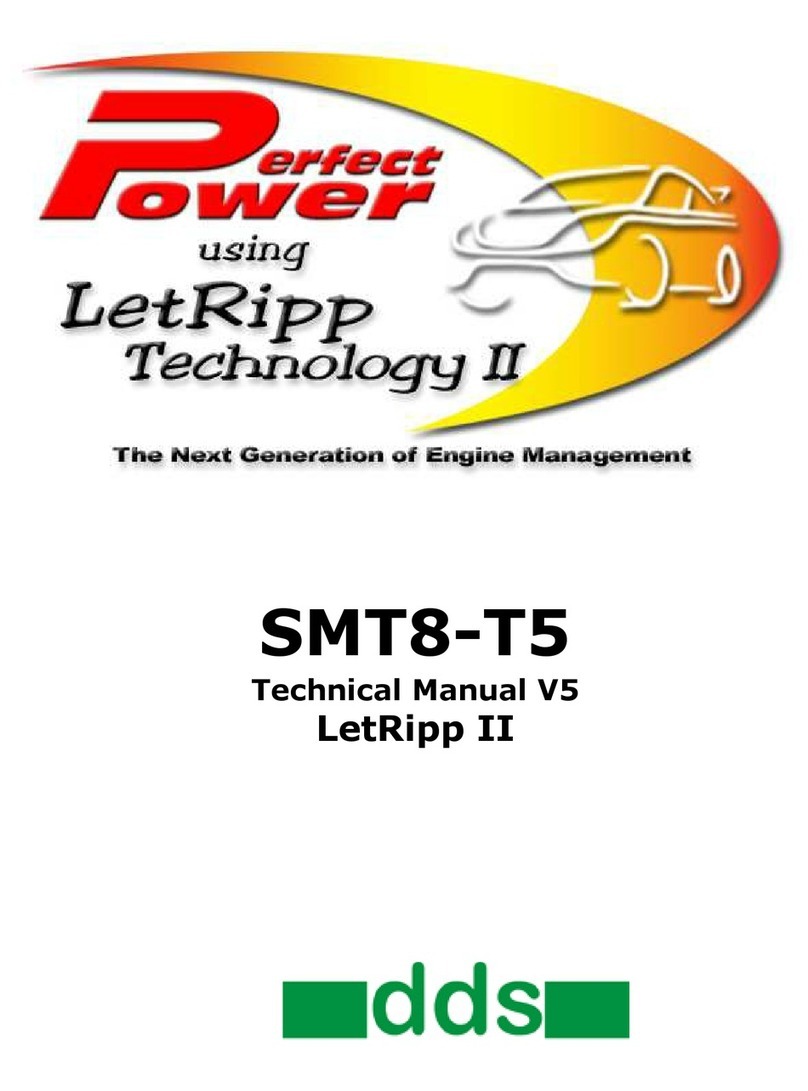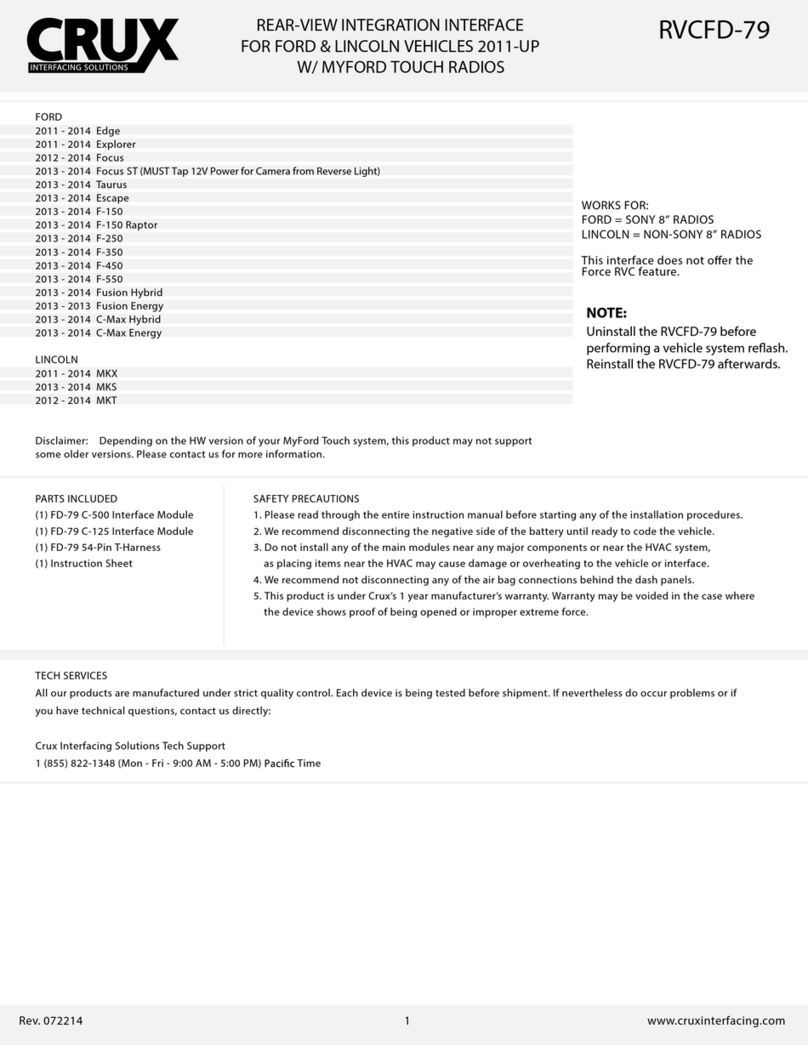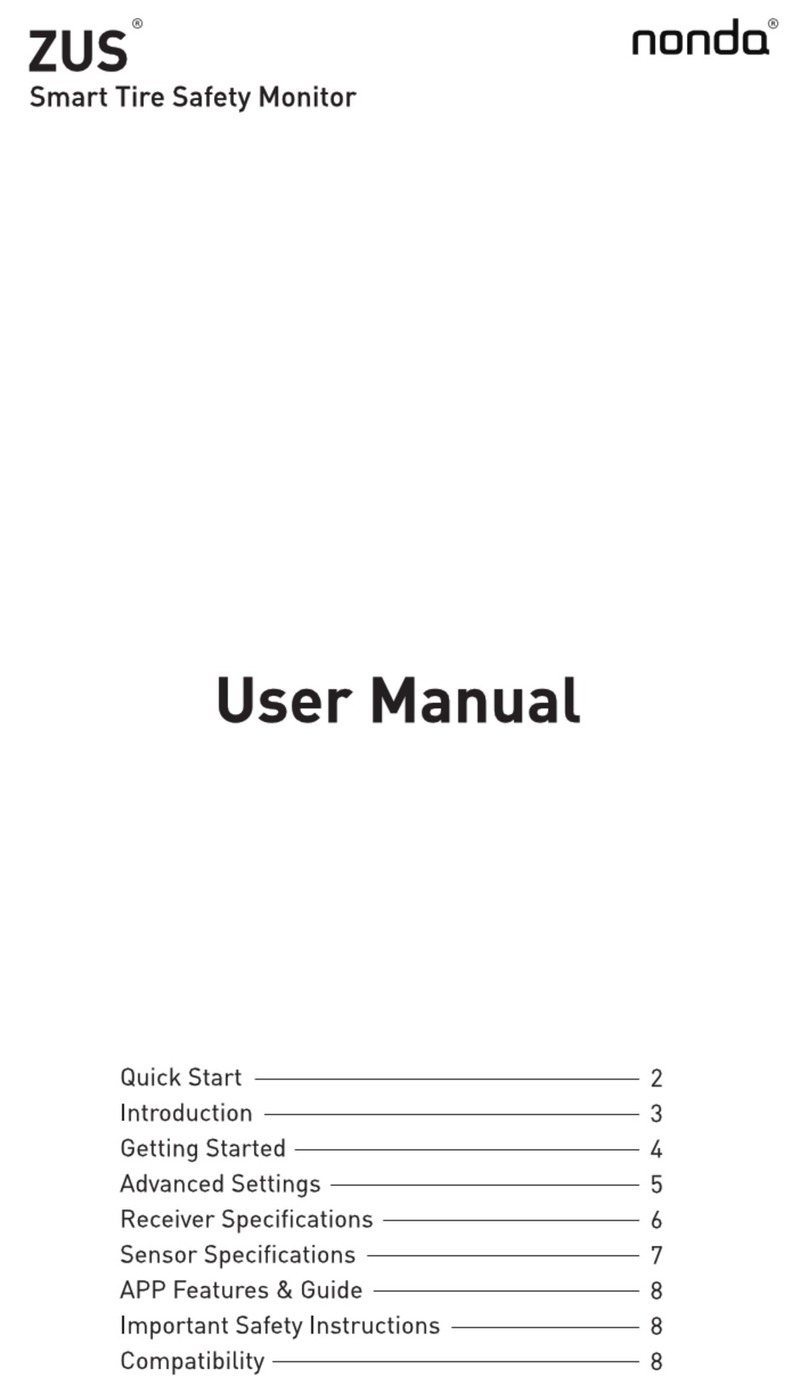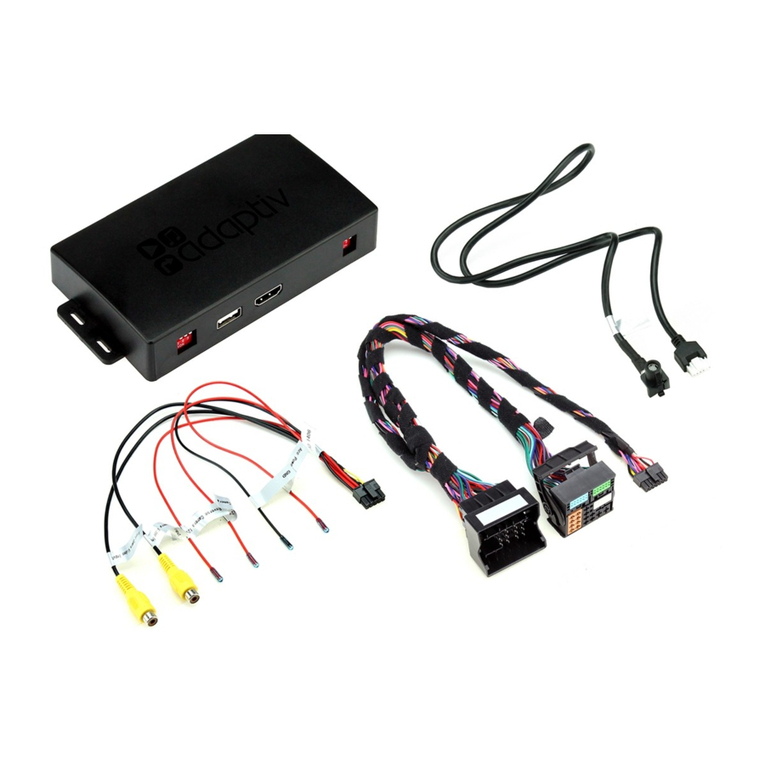FAA Approved Installation Manual for the EDM-960 system Report No 909
Primary Engine Data Management System Page 1 of 45 Rev C
Date 12-12-12
TABLE OF CONTENTS
1. Revisions
___________________________________________________________________________________ 2
2. Read This First
_____________________________________________________________________________ 2
3. Instrument Marking
________________________________________________________________________ 3
4. Primary TSO Label
__________________________________________________________________________ 3
5. Operation and Abbreviations
_______________________________________________________________ 4
6. Alarm hierarchy
____________________________________________________________________________ 5
7. Dimming
____________________________________________________________________________________ 5
8. Locating and Installing the Indicator and Remote Alarm Display, RAD
___________________ 6
9. EDM-960 Key Card Installation
_____________________________________________________________ 8
10. Power Connection
_________________________________________________________________________ 12
11. Probe Wiring
_______________________________________________________________________________ 12
12. Wiring Markings
___________________________________________________________________________ 13
13. Exhaust Gas Temperature Probe (EGT) Installation
______________________________________ 13
14. Turbine Inlet Temperature (TIT) Probe Installation (optional)
___________________________ 14
15. Cylinder Head Temperature (CHT) Probe Installation
____________________________________ 14
16. Outside Air Temperature (OAT) Probe Installation
_______________________________________ 14
17. Compressor Discharge Temp Probe Installation (optional)
______________________________ 14
18. Carburetor Probe Installation (optional)
__________________________________________________ 15
19. Oil Temperature Probe Installation
_______________________________________________________ 15
20. Oil Pressure Sensor Installation
__________________________________________________________ 15
21. Fuel Pressure Sensor Installation
_________________________________________________________ 15
22. Ammeter Shunt Installation
_______________________________________________________________ 16
23. General Fuel Flow Transducer Installation
_______________________________________________ 17
24. Fuel Level Interface Installation
__________________________________________________________ 18
25. GPS Interface
______________________________________________________________________________ 24
26. Manifold Pressure (MAP) Sensor
__________________________________________________________ 25
27. RPM Sensor installation
___________________________________________________________________ 26
28. EDM-960 system Specifications and Limitations
_________________________________________ 27
29. EMI Radio Test:
____________________________________________________________________________ 28
30. Component Parts List
_____________________________________________________________________ 29
31. Weight and Balance Data
_________________________________________________________________ 31
32. Pilot Programmable Mode
_________________________________________________________________ 32
33. Trouble Shooting
__________________________________________________________________________ 35
34. Connector Pin Assignments EDM-950, J1 through J5
____________________________________ 36
35. J3 Oil-P, MAP, RPMJ4 (FF, GPS, AMP# 2 ) J5 PN 790719 (Tanks, Fuel Press, Amps)
____ 39
35. J4 (FF, GPS, AMP# 2 ) J5 PN 790719 (Tanks, Fuel Press, Amps)
_________________________ 40
35. J5 PN 790719 (Tanks, Fuel Press, Amps)
_________________________________________________ 41
36. P8 Harness Display PN 790807
___________________________________________________________ 42
37. Instructions for Continued Airworthiness (ICA)
__________________________________________ 45
The Owner of the EDM-960 must keep this manual
J.P. INSTRUMENTS PO BOX 7033 HUNTINGTON BEACH CA
Last printed 1/22/2013 11:09:00 AM
